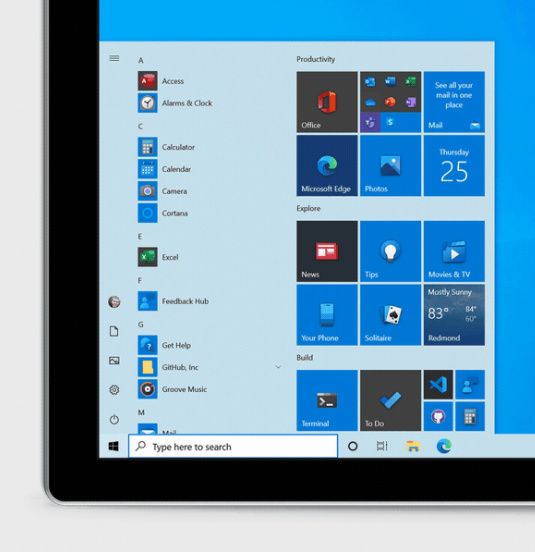Google Play Services for AR (formerly Google ARCore) is a software service that enables applications to create augmented reality experiences on devices without the need for any dedicated AR hardware. While the service uses a device’s existing cameras and sensors for the AR experience, Google has to work with OEMs to create custom calibration profiles for each device. This ensures that AR features work properly on the device and users don’t face any issues. Due to the fact that several new Android devices are released each month, Google regularly adds new smartphones to the list of supported devices. Since our previous coverage earlier this month, Google has added support for 16 new devices.
The following devices now officially support Google Play Services for AR:
- ASUS ZenFone 7
- ASUS ZenFone 7 Pro
- Google Pixel 4a 5G
- Google Pixel 5
- LG Wing 5G
- Realme 7i
- Realme V5 5G
- Realme X7 5G
- Realme X7 Pro 5G
- Samsung Galaxy A20e
- Samsung Galaxy Note 20 5G
- Samsung Galaxy Note 20 Ultra 5G
- Samsung Galaxy Tab A7
- Sharp AQUOS Zero5G Basic
- Sharp AQUOS Zero5G Basic DX
- Xiaomi Redmi Note 9S
It’s worth noting that the Pixel 4a 5G, Pixel 5, Samsung Galaxy Note 20 5G, and Samsung Galaxy Note 20 Ultra 5G already supported the ARCore SDK out of the box, and Google has just updated its list of supported devices to reflect the same. The other new entries on this list, however, are actually new. In case you own any of the aforementioned devices, Google Play Services for AR should automatically be pushed to your device and you can start using AR applications right away. But if you haven’t received the update yet, you can force it by sideloading the APK yourself.
Once you have Google Play Services for AR installed on your device, you can try out an app or feature that offers AR capabilities. If you’re new to the augmented reality realm, we’d suggest checking out the Live View feature in Google Maps, the AR+ Mode in Pokemon Go or its new Reality Bending feature, 3D animals in Google, etc.
It’s also worth noting that while you can sideload the Google Play Services for AR APK on an unsupported device, you might face occasional glitches due to the lack of proper calibration. So make sure you check the full list of supported devices before sideloading the APK on your phone.
Google Play Services for AR (Free, Google Play) →
The post Android’s augmented reality features are now available on the ASUS ZenFone 7, LG Wing, and others appeared first on xda-developers.
from xda-developers https://ift.tt/37pGB5Q
via IFTTT










